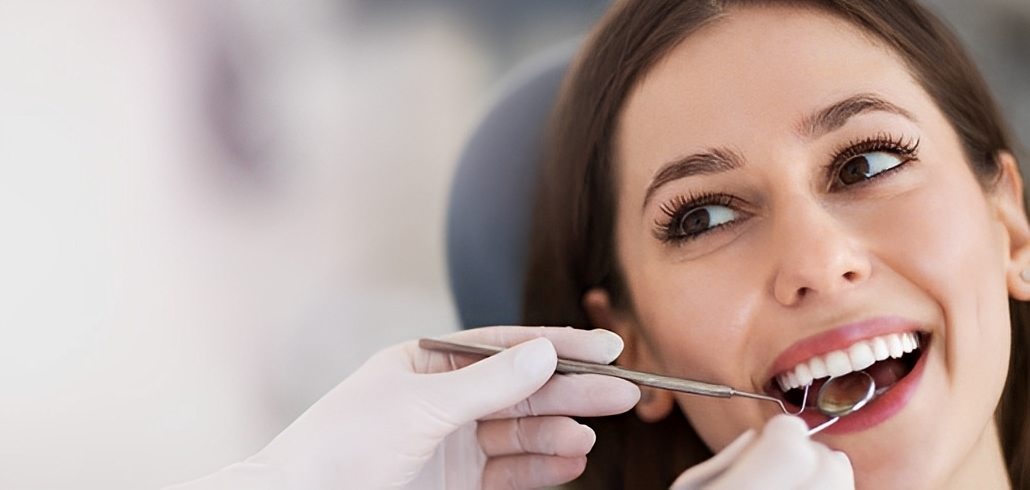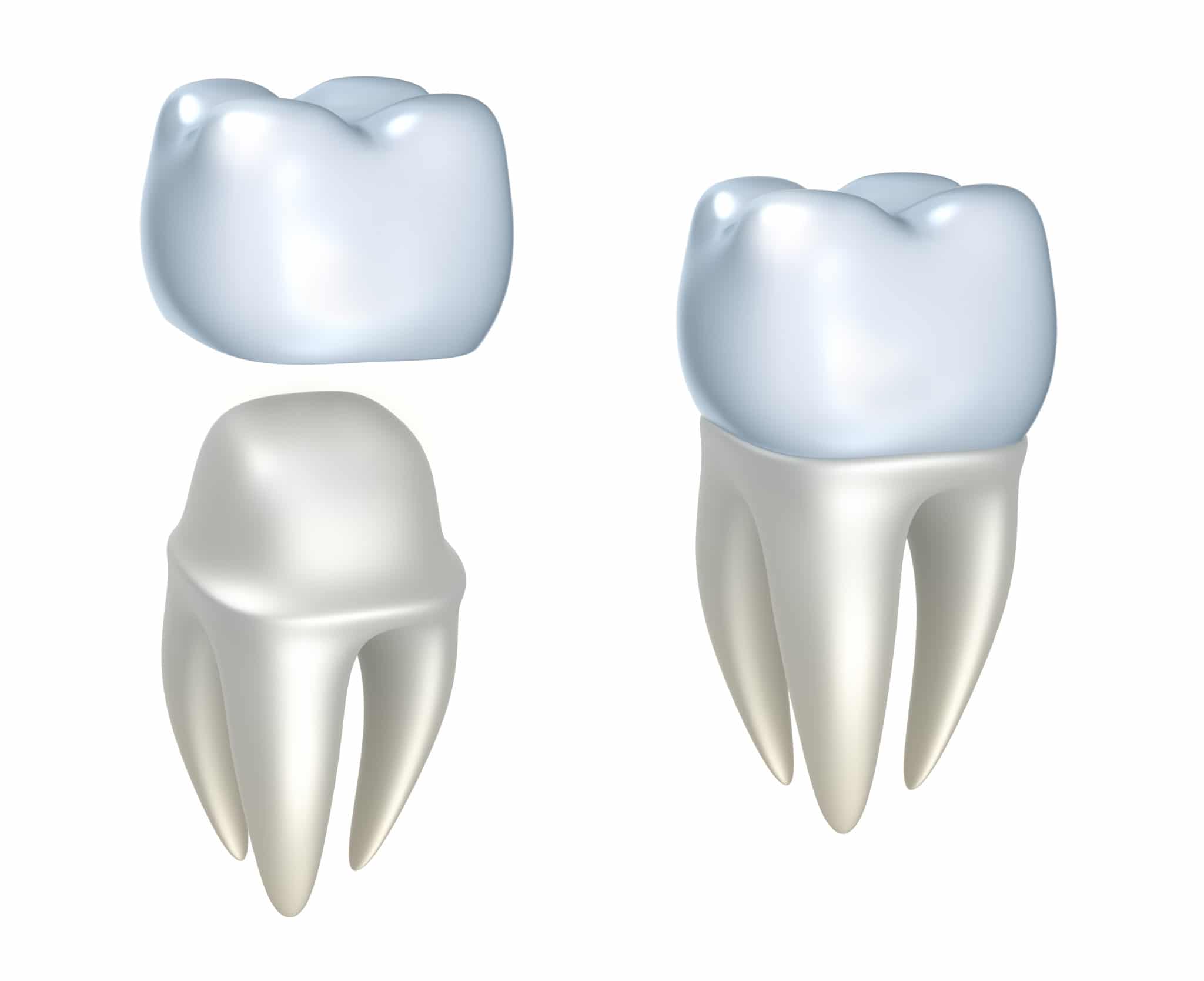
The last thing you want is to have a tooth extracted. Sometimes, however, a tooth’s strength can be compromised by a deep crack or an overly large cavity. Now the tooth is weakened, and it probably won’t survive the daily forces involved in biting and chewing. To save a tooth in this condition, at Broadway Family Dentistry we use dental crowns. A crown returns the strength, appearance, and function of a tooth.
What Are the Benefits of Dental Crowns?
When it comes to a tooth, you can think of it as two parts, the root, and the crown. The root is anchored into the jawbone and is covered by the gums. The visible upper portion of the tooth is called the clinical crown. An artificial restoration that covers the entire clinical crown is called a dental crown.
If you’re a little older, you may have heard crowns referred to as “caps.” This was a term used frequently when crowns were made predominantly of gold. The term probably came from the way a crown fits over the top of the tooth, like a cap. But unlike a cap, a crown fits over the entire visible portion of the tooth down to the gum line. It restores the original size and shape of the natural tooth, plus it returns strength to the tooth and eliminates the need for extraction.
What Are the Benefits of Dental Crowns?
At Broadway Family Dentistry, we think of crowns as life preservers for teeth that are in danger of needing extraction. If you don’t have to have a tooth extracted it’s better to keep it, and a crown will enable you to do that.
Crowns also return strength to a thoroughly damaged tooth. If a tooth has a deep crack or large chip, it can become quite sensitive and also may be heading down the path of extraction. By placing a crown over the entire visible part of the damaged tooth, Dr. Hirst or Dr. Jensen return strength to the tooth. Now, rather than avoiding chewing or biting with that tooth, the patient can use it normally again.
At Broadway, we also use crowns to anchor our dental bridges. Crowns are placed over the two teeth on each side of the missing tooth. These are known as abutment teeth. Crowns provide the strength necessary so the patient doesn’t need to worry that his or her bridge will come loose.
Why Do I Need a Dental Crown?

- Covers and supports tooth
- Attaches to a bridge or implant
- Protects weak tooth from breakage
- Repairs broken teeth
- Treat discolored or misshapen teeth
What Are Crowns Made From?
At Broadway, we prefer to specify porcelain for our crowns, although crowns can also be made from gold or composite resin. Porcelain is incredibly strong. Plus, porcelain closely resembles natural tooth enamel in the way it partially absorbs and partially reflects light. Dental porcelain is very resistant to staining, as well.
What Dental Problems Do You Use Crowns to Fix?
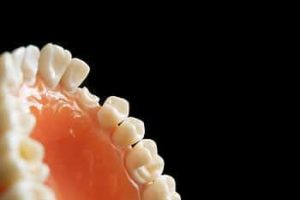
Crowns can be restorative, aesthetic, or functional. As mentioned above, they restore the strength of a damaged tooth. But we also place crowns on certain teeth to improve their aesthetic appearance, when a tooth is misshapen, for instance. Crowns also function as anchors for dental bridges.
Here are typical dental problems where a crown may be used:
- Teeth with overly large fillings
- Severely worn-down teeth
- Broken or fractured teeth
- Heavily decayed teeth
- Teeth with decay that already have a filling
- Misshapen teeth
- Severely discolored teeth
- Teeth that have had a root canal
Who is an Ideal Candidate for a Dental Crown?
An ideal dental crown candidate is any patient that is committed to keeping their teeth. Although crowns are a bigger investment than fillings, crowns are much more effective in decreasing the risk of fractures in teeth.
Dental Crown Procedure
Placing a crown on a tooth requires two appointments with Dr. Hirst or Dr. Jensen. The first appointment is all about preparing the tooth. Any damaged or decayed areas of the tooth are removed first, and the tooth is thoroughly cleaned. If the patient’s teeth have some staining from foods or beverages such as coffee, we may want to whiten the teeth first to return them to their natural color. Next, the tooth is shaved down on all sides and the top. This is necessary to make room for the crown — the crowned tooth needs to be the same size as the natural tooth was before. Now, we take photographs and impressions of your teeth. We send these to the dental lab to guide their fabrication of your custom crown. To protect the tooth while we await the fabrication of your crown (the process usually takes around two weeks), a temporary crown is placed on your tooth.
After Your Dental Crown Procedure
When your finished crown arrives, you return for your second appointment. We again clean your teeth. Then the crown is tested for fit and for a color match with your adjacent teeth. When the Doctor is satisfied with the fit, the crown is cemented with a rigid strong adhesive to your tooth. You can immediately use your new, stronger, crowned tooth; no waiting or recovery is necessary.
Do I Need a Root Canal Before Having a Dental Crown?
There is some misunderstanding here. If a tooth needs a root canal, decay has entered the interior pulp. Once Dr. Hirst or Dr. Jensen clean out the entire inner tooth and fill it with gutta-percha, it is usually sealed with a composite resin filling, and then a crown is placed over the tooth. This is usually necessary to ensure the strength of the tooth moving forward, as it is not going to be extracted.
However, a tooth doesn’t necessarily need a root canal but could still need a crown. A large chip or crack, extensive decay, or even cosmetic reasons could all merit the placement of a crown on the tooth without any need for a root canal.
Is There Any Recovery After Receiving a Dental Crown?
No. After we shave down the tooth and send its impressions off to the dental lab, we place a temporary crown on the tooth to protect it until your custom porcelain crown is fabricated. There isn’t any pain or need to stray from your normal activities.
How Do I Maintain My Dental Crown?
Crowns don’t require any special care; you simply brush twice daily for two minutes and floss once. When flossing you will move the floss under the crown lightly on both sides to clean the gum surface and remove any food particles that may have gotten under the crown bottom. This takes just a few seconds.
After we place your custom crown on your tooth there isn’t any recovery, either. But it is a good idea to wait a day or so before eating anything really sticky or chewy with that tooth, just to be sure the dental cement has had time to fully harden and lock down the crown onto the tooth.
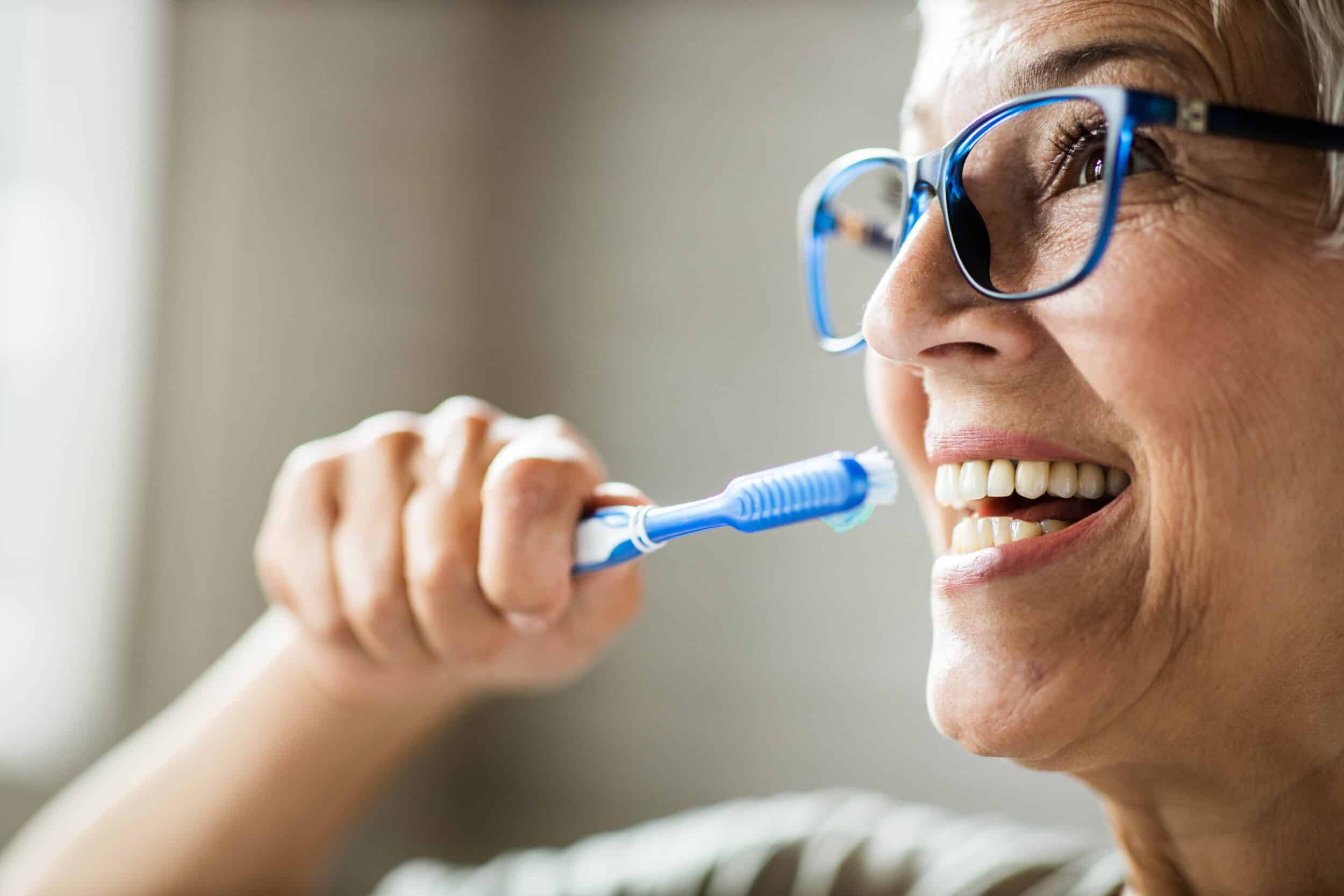
How Long Do Dental Crowns Last?
Porcelain is very durable, and porcelain crowns can last up to two decades. Gold crowns last decades, but they are completely visible. Resin crowns will last from 8-15 years. The longevity of your crown is somewhat up to you; your home hygiene regimen is important because, while the crown won’t decay, the tooth under it can.
Will My Dental Crown Look Natural?
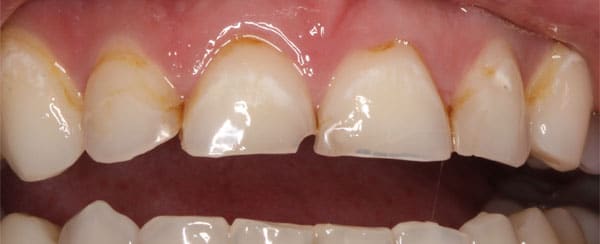
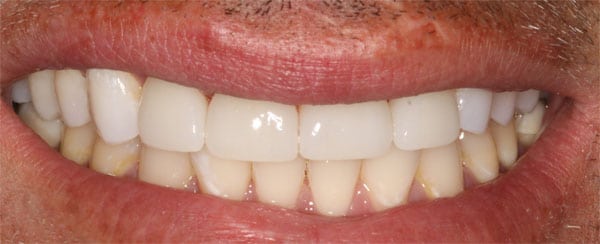
At Broadway Family Dentistry, we prefer to use porcelain for our crowns. We do this because dental porcelain is amazingly strong. But we also use porcelain because of its slight translucence, which closely mimics that of natural tooth enamel. The way porcelain absorbs some of the light and reflects the rest is strikingly similar to tooth enamel. Your dental crown will look just like the natural teeth on both sides of it, and no one will be able to know which tooth is the crown.
Do I Have Other Options Other Than a Dental Crown?
A crown is basically the last chance a tooth has before extraction. Problems such as a deep crack or a large cavity that threaten to break the tooth cannot be solved without a crown. However, if you don’t mind extracting the tooth, then a dental implant or a bridge could be used in place of the damaged (then extracted) tooth.
What is the Difference Between a Dental Crown and Dental Veneers?
A dental crown covers the whole tooth typically. Crowns can be used on any tooth and often serves to protect susceptible teeth from fracture, in addition to changing the look of teeth. Dental veneers are much thinner and are usually only used on front teeth. They are used only to change the shape, size, or color of teeth.
Will My Crowned Tooth Feel Different Than My Other Teeth?
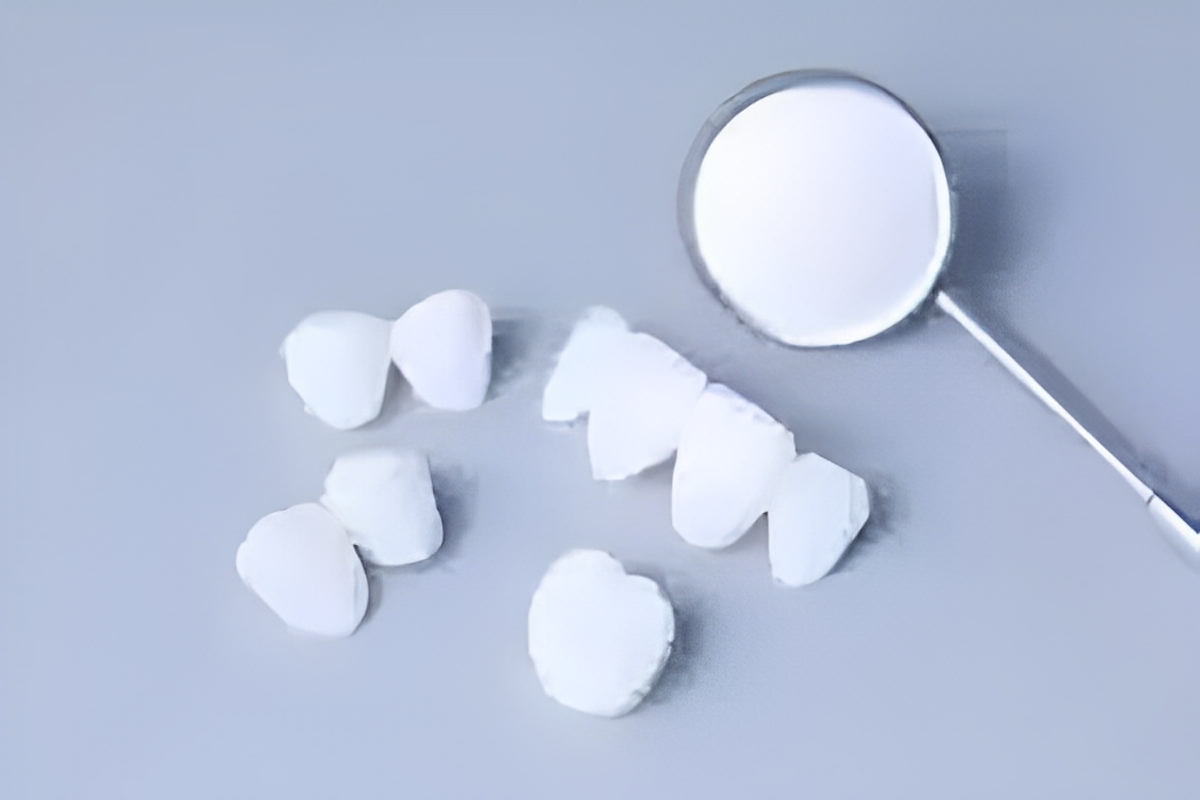
Dr. Jensen go to great lengths to ensure your crown fits into your natural bite perfectly. The goal is always to have the crowned tooth function well and feel comfortable. Remember, your natural tooth is still the basis; it is simply covered by the crown.
Are Dental Crowns Safe?
Yes. The placement of dental crowns is considered very safe. Because we are often placing crowns on vulnerable, compromised teeth, there is a risk the tooth may require a root canal in the future. A crown simply covers the natural tooth, returning strength, and allowing the patient to keep the natural tooth. There aren’t any incisions required, so there aren’t any risks of infection.
See What Our Patients Have To Say…
"Dr. Jensen and her staff are amazing! I am new to the area and wasn’t sure what dentist to go to. A coworker referred me to Broadway Dental and I can strongly confirm that this will be my new dentist from now on. I have some dental anxiety from previous practices and Dr. Jensen and her staff were completely understanding and happy to accommodate me with headphones and even a blanket! She was so informal and walked me through the entire procedure of my tooth filling. Afterwards she took extra time to explain further instructions and generally seemed to care about what I had to say. It was so nice not to feel rushed out of the office like so many other dentists can be. I will definitely be back and tell everyone I know about Broadway Dental!! :)"
Is Getting a Dental Crown Painful?
As mentioned in the crown procedure copy above, we shave down the tooth receiving a crown on all four sides and on top to create room for the crown to sit over the tooth but not take up any more space than the original natural tooth did. Before we do this, we apply a local anesthetic to that tooth. This keeps you from feeling any sensations as we shave down the tooth. There isn’t any residual pain after this first step.
When we place the finished crown onto your tooth, there isn’t any pain at all. Dr. Hirst or Dr. Jensen first checks the fit and your bite, and then the crown is permanently cemented onto the tooth.
Are Dental Crowns Covered by Insurance?
If we place your crown to save a tooth that would otherwise need an extraction, this is generally covered by most dental insurance plans. If, however, you wanted the crown placed to cover a tooth that was misshapen or deeply stained but otherwise healthy, insurance companies can deem that to be an elective procedure. We work with your provider to gain the most coverage, but it’s a good idea to check with your insurance company before we begin the procedure if you’re concerned about coverage. We also offer payment plans to help spread out the cost of getting a crown.
Schedule an Appointment Today!
Our restorative goal is always to help you restore your smile to its optimal function as well as for you to be happy about your smile. At your next visit, we would be happy to help you determine if dental crowns are appropriate for your smile.
Broadway Family Dentistry in Minot, ND proudly provides patients from Minot, Williston, Garrison, New Town, Rugby, Bismark, and Devils Lake, ND, with dental crown services. Call 701-839-1299 or fill out a Contact Form here for any questions or to schedule an appointment.
